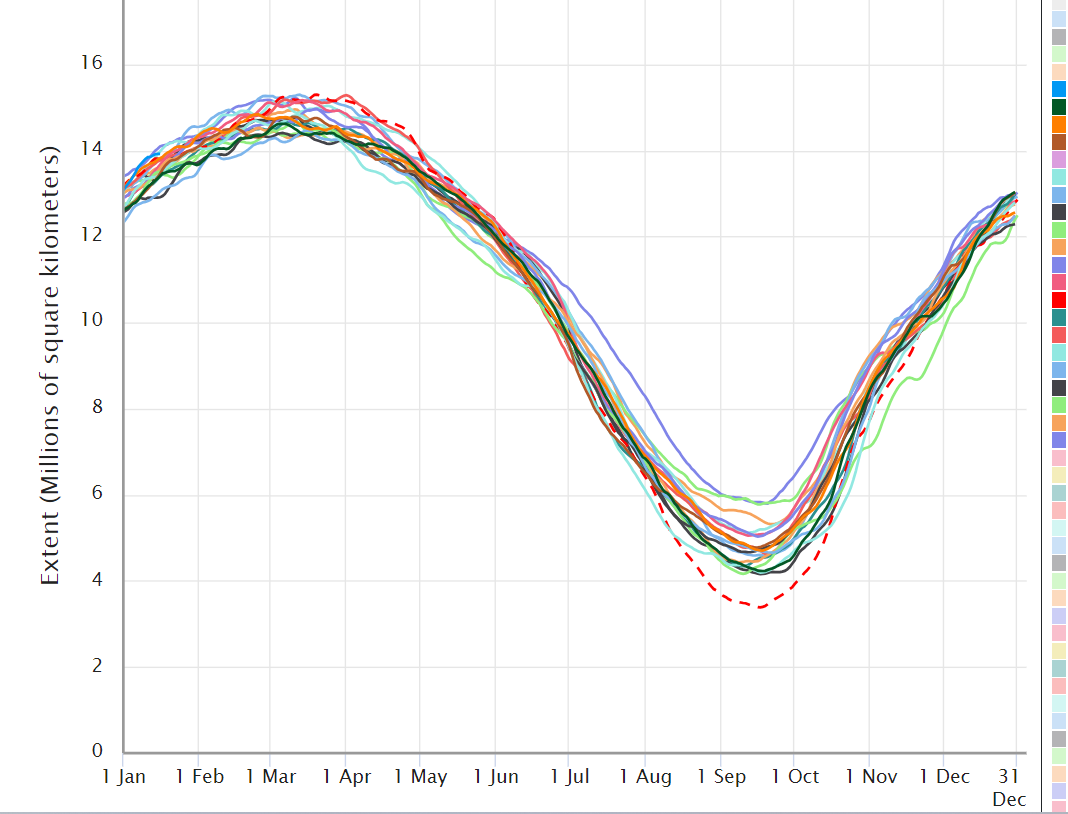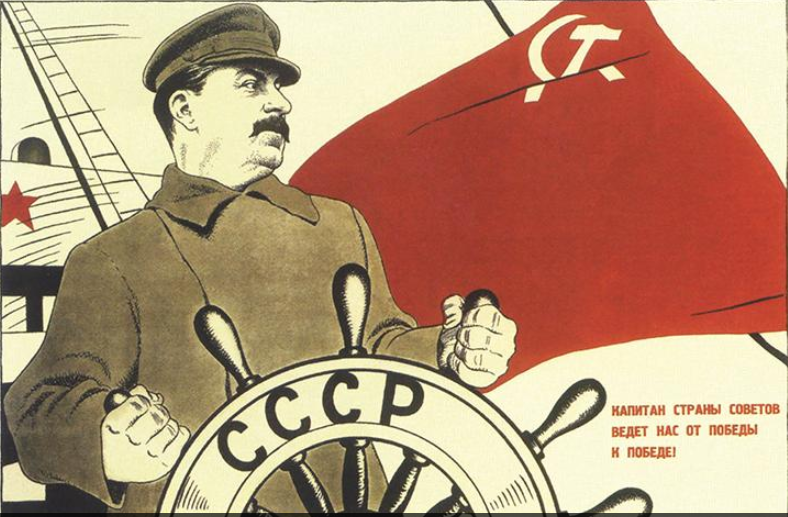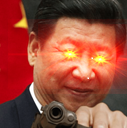Climategate and Climategate 2.0
Himalaya Gate as well https://blogs.scientificamerican.com/guest-blog/ipcc-finally-acknowledges-its-e2809chimalayan-blundere2809d/
Al Gore said that there was a 75% chance of the Arctic being ice-free by 2013. He then said that he misstated the scientists findings, which were clarified as:
https://www.npr.org/sections/thetwo-way/2009/12/al_gore_trips_on_artic_ice_mis.html
Dr Maslowki, who works at the US Naval Postgraduate School in California, said that his latest results give a six-year projection for the melting of 80 per cent of the ice, but he said he expects some ice to remain beyond 2020.
80% sea ice loss by 2015 or earlier? Even that’s wrong by a long shot, Arctic sea ice for this time of year has been at its highest in 20-21 years.
https://nsidc.org/arcticseaicenews/charctic-interactive-sea-ice-graph/
There’s not much difference between the 21 years, nothing like 80% lower.







No, Ukrainianization was promoted in all of Ukraine and the Kuban region of Russia as well. In 1930, this was repealed by local goverments in Novorossiya, Ukrainian language wasn’t banned but not promoted like it was in previous years.
https://nemets.substack.com/p/roots-of-the-donbass-war